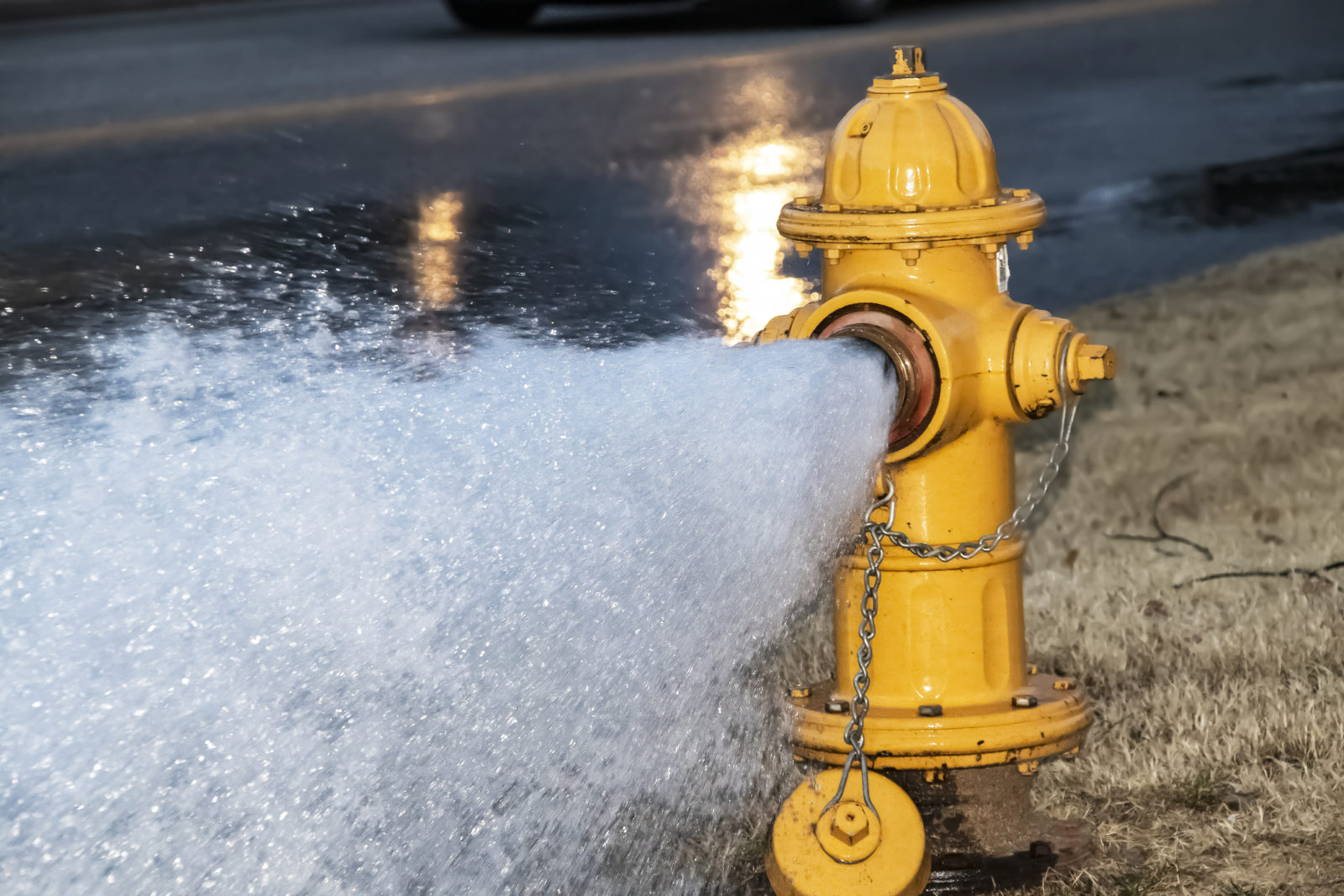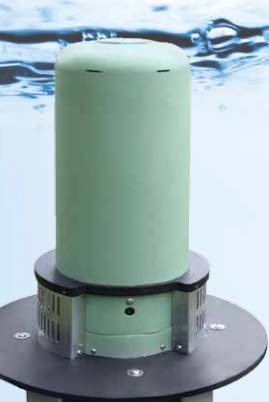Routine LCA System Flushing is Underway
 May 28, 2021
May 28, 2021You may have seen LCA crews in your neighborhood, opening up fire hydrants and blow-offs (special water main valves) and letting water flow out into the streets.
This is part of a routine process called “flushing.” System flushing allows water to flow quickly through the pipes. The increased velocity scours and cleans the pipe walls, flushes sediment from the mainline pipes, and removes aging water from the distribution system. It also verifies the proper operation of hydrants and valves, maintains firefighting capability, and ultimately improves water quality.

In some neighborhoods, we’re using “automated flushers” — a device (at left) that periodically flushes our distribution lines to allow for turnover of the water in the line.
These automatic, programmable flushing systems allow us to save time and money. Plus, they mean fewer disruptions for our customers during the busiest times of the day: Most automated flushers work during the night, when fewer people are using water.
Keeping the Water Fresh
LCA crews flush up to 1,500 hydrants a year. We need to flush lines regularly , because our water distribution system is a complex network of pipes and storage tanks where sediment and deposits can naturally accumulate over time, causing water quality deterioration such as discoloration, taste and odor problems if not removed.
Our crews flush the system when we receive customer comments about stale or stagnant water, after a water main break is repaired, and after other types of repairs that may have a water quality impact. We also conduct routine system flushing in certain areas, such as new developments or dead-end water lines, to keep the fresh water moving in the pipes to improve the taste of your water.
City of Allentown customers can view the flushing schedule by neighborhood here. Customers outside Allentown who will be affected by flushing are contacted directly by telephone using our customer notification system. For this reason, it’s important to have good contact information associated with your LCA account. If you think your information might need an update, use this form and let us know!
Sometimes, residents in the immediate vicinity of the line-flushing work may experience temporary discoloration of their water. This discoloration consists primarily of harmless silt and air and does not affect the safety of the water. If you experience discoloration in your water after crews have been flushing in your neighborhood, clear the pipes in your home by running your water for a few minutes. We recommend using the tub or outside faucet.
If you notice a drop in water pressure, check the screens in your faucet first — they may have debris clogged in them. If water pressure problems or discoloration continue, please contact us.
An Important Note About Fire Hydrants:
Never use a fire hydrant as a means to cool off. Not only is it illegal to open a hydrant, it’s extremely dangerous.
First and foremost, hydrants are there in case of a fire. Using the wrong tools to open a hydrant can cause damage, costing firefighters precious time when they’re battling a blaze. And opening a hydrant increases the likelihood that if there is an emergency, firefighters won’t have enough water pressure to adequately battle a blaze.
Secondly, when those hydrants are opened, the water that comes out is under a lot of pressure — enough to knock someone over, especially a child.